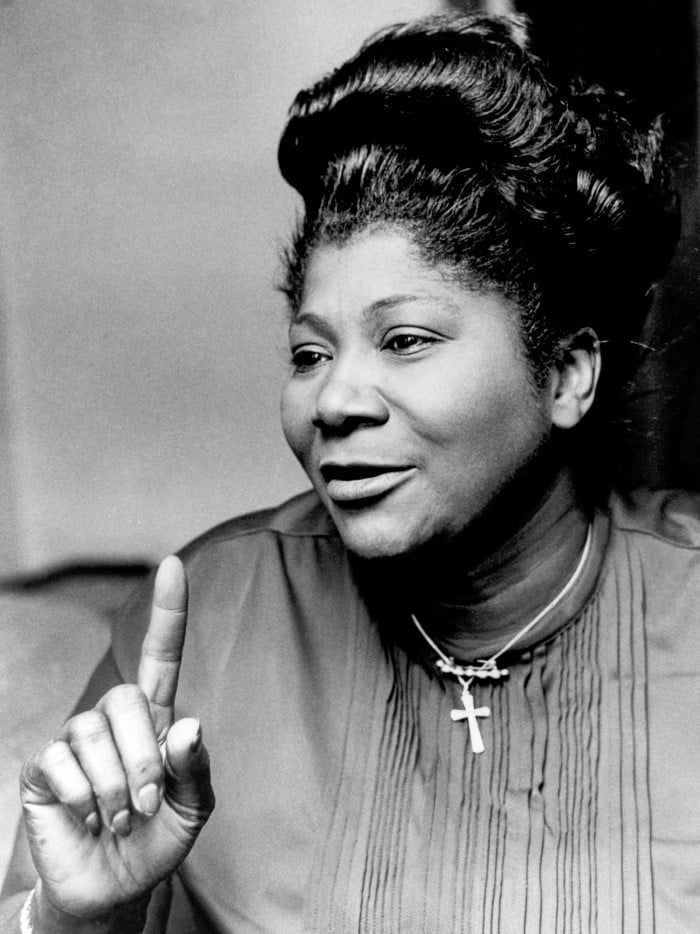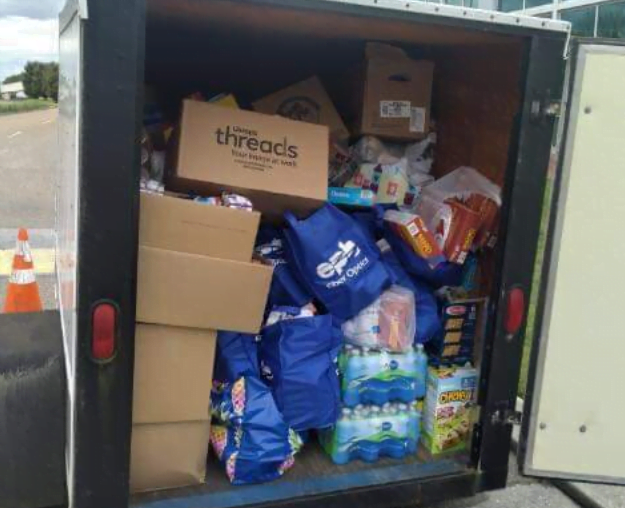By Curtis Bunn/NBC
NASHVILLE, TN — Meharry Medical College was founded in 1876 in Nashville, Tennessee, to teach medicine to former enslaved Africans and to serve the underserved. Now, in one of its laboratories, a scientist says he is two weeks away from testing an anti-virus to prevent COVID-19, the disease ravaging many African American communities across the country.
“And that makes us all at Meharry compelled to do our best,” the scientist, Dr. Donald Alcendor, who worked a few years ago on a successful anti-virus to the Zika virus, told NBC News. In other words, it’s personal.
“This is bigger than COVID-19,” said Dr. Linda Witt, the senior associate vice president for development at Meharry, a historically black college, or HBCU. “We are called to serve on the front lines. For Meharrians, it’s natural to go into our communities. We exist in the black community. But it’s at a heightened level now. And having an HBCU presence, voice and expertise is essential.”
Alcendor said the irony of the social distancing and shelter-in-place guidelines is that he now has the time to enter Meharry in the global race to find treatment for COVID-19.
Pharmaceutical companies and countless scientists, including at the University of North Carolina and Vanderbilt, are scurrying to create a drug to offset the disease. Alcendor, at the behest of Meharry President James E.K. Hildreth, embraces his role in the competition.
“Usually, we all wear different hats and do various jobs,” Alcendor said. But recently he has been strictly in the lab. And the success of the Zika virus antiviral drug has made him optimistic that his work could help quell tension and drastically lower the death rate. A vaccine, which prevents contracting the disease, will take up to 18 months to produce, Alcendor and other scientists said, while an antiviral drug would be used to treat patients once infected.
“The process is understanding how the virus gets into your system, where it goes and how it infects,” Alcendor said about developing an antiviral drug. “The struggle is that it is a single-strand that produces tremendous inflammation. The patient will feel like he’s drowning.”
Alcendor’s antiviral drug or reagent, he said, would “intervene at the critical point in the virus’ (attack), eliminating its ability to reproduce viral proteins. The cycle would be terminated.”
“It’s similar to what we did with Zika,” he added. “But in comparison to Zika, this is through the roof. We didn’t have the deaths or the spread. This is a much bigger scale. All the marbles are on the table.”
He hopes to have the anti-viral treatment created in the next two weeks. It will then move on to clinical trials and, if successful, be approved by the Food and Drug Administration within a “few months.”
While that is significant, it is not unlike the work Meharry has done for centuries in producing more than 4,800 black doctors, 83 percent of whom work in black or underserved communities.
In every facet, “the Meharry family” is working in communities-of-need to offset gross health disparities. A recent report by ProPublica indicates black people have tested positive and died from the coronavirus at a higher rate than any other racial or ethnic group in the United States.
Dr. James Hildreth has been advocating for advanced or pre-emptive screening in black neighborhoods for weeks. An infectious disease scientist, Hildreth knew the highly contagious coronavirus was most volatile in people with existing health concerns like diabetes, high blood pressure, asthma and other issues that are prevalent in African American communities, in large part because of the dramatic health care and environmental disparities in the United States.
“I have been pushing for pre-emptive screening with health officials going into the underserved communities to start testing because that would be a way to get in front of it with the most vulnerable public,” Hildreth said. “If you have pre-existing auto-immune disease and the other stated health issues, the outcomes are much more severe. Those are exactly what we have in our communities. The burden of the disease is so much higher.”
Meharry has administered free drive-up coronavirus tests and screening on its campus. The opportunity is open to all residents in the area, but those who live in the northern part of the city, where the largest concentration of African Americans reside, have taken advantage of it.





